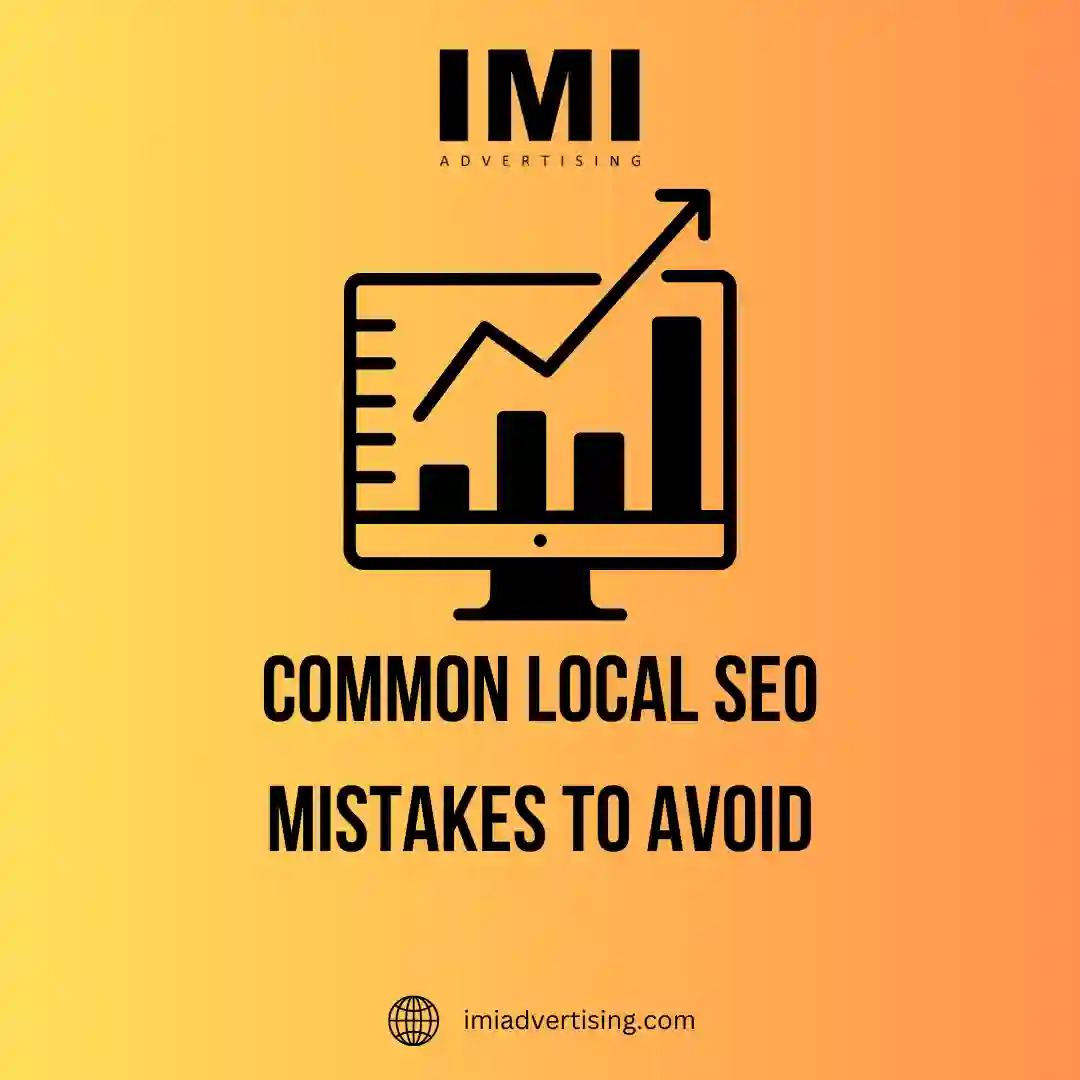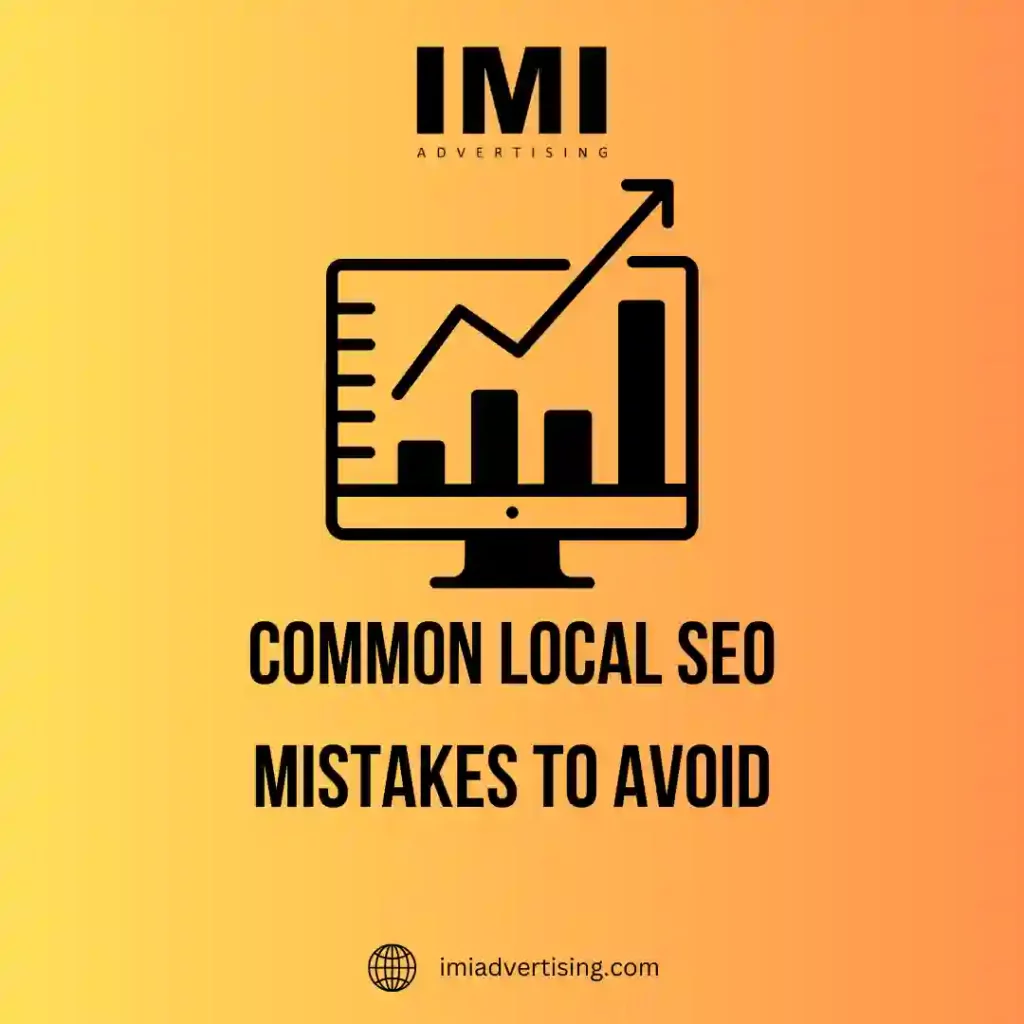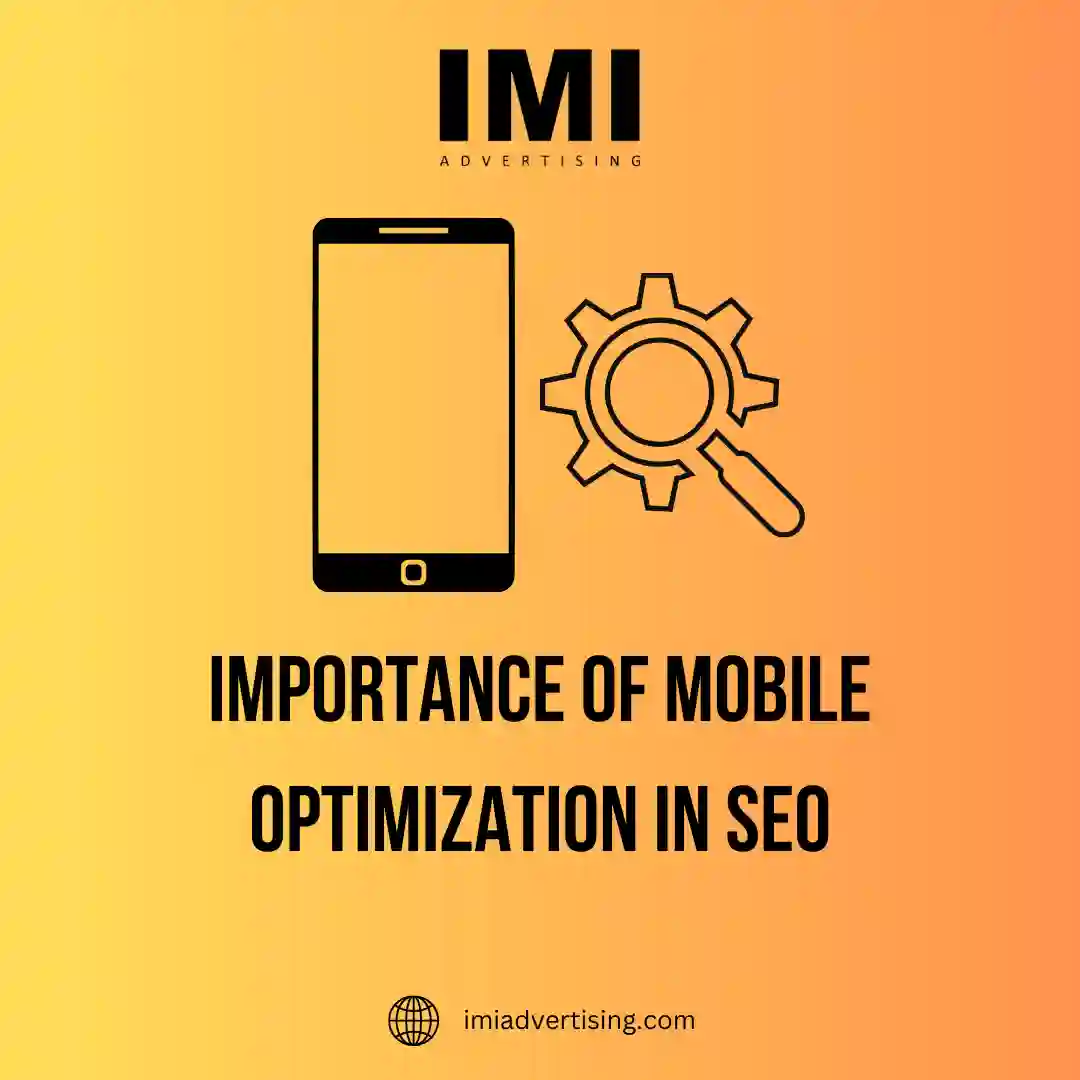Top Local SEO Mistakes to Avoid in 2025

Did you know that 46% of all Google searches have local intent? That means nearly 1 in 2 users is looking for something “near me.” In 2025, local SEO isn’t just a tactic—it’s a must-have for every location-based business.
One wrong move can push your business down the local search results. If you want to stay ahead, knowing what local SEO mistakes to avoid is a must.
If you’re a small business or working with the best SEO company in Ahmedabad, this guide will help you improve visibility and avoid costly errors.
What are the top local SEO mistakes to avoid in 2025?
Here’s a quick breakdown of the most common issues businesses still struggle with—and how to avoid them.
❌ Ignoring Google Business Profile
Skipping or under-optimizing your Google Business Profile (GBP) is like hiding your storefront. It’s the first impression many customers get—make sure it’s complete and updated.
❌ Inconsistent NAP (Name, Address, Phone)
Even the best SEO company in Ahmedabad will stress the importance of NAP consistency. Any mismatch across directories and your website confuses both search engines and users.
❌ Not Using Local Citations
Local directories and citations build trust. Skipping platforms like Justdial, Yelp, or niche listings can lower your authority. Make sure all your citations are clean and up-to-date.
❌ Ignoring Reviews and Responses
Reviews are social proof and a major local SEO ranking factor. Not responding or requesting them means you’re missing out on engagement and visibility.
❌ No Local Keywords in Content
Your web content should reflect where you serve. If you’re not adding location keywords like “Ahmedabad” or area-specific phrases, you’re limiting your reach.
❌ Skipping Schema Markup
Structured data helps search engines understand your business. Without local schema markup, you may lose out on rich snippets and map visibility.
❌ Not Tracking Local Metrics
No analytics, no direction. Tracking local rankings, impressions, and GBP activity is crucial to knowing what works and what doesn’t.
❌ Missing Hyperlocal Content
Generic content won’t get you far in 2025. Pages tailored to neighborhoods and local issues help you dominate long-tail local searches.
❌ Not Optimizing for Voice Search
People ask Siri or Alexa for “the best digital marketing agency near me” or “top-rated café in Paldi.” If your content doesn’t match natural language queries, you’re invisible.
Why Are These Local SEO Mistakes So Critical in 2025?
Search engines now rely heavily on context, mobile signals, and AI-generated relevance.
A mistake like an inconsistent NAP or a weak mobile experience signals unreliability. And with features like zero-click searches, only the best-optimized businesses appear in those coveted top results.
If you’re serious about ranking, partner with the best SEO company in Ahmedabad to audit and correct these issues before your competitors get ahead.
How to Fix These Local SEO Mistakes in 2025
Here’s what you can do to strengthen your local presence:
✅ Fully Optimize Your Google Business Profile
Add descriptions, categories, photos, and regular updates. Keep hours and services accurate.
✅ Ensure NAP Consistency
Use audit tools to check for discrepancies across listings and fix them immediately.
✅ Leverage Local Citations
Submit to trusted local and industry-specific directories. Keep everything consistent.
✅ Improve Mobile Speed and Usability
Test your site’s mobile performance regularly. Tools like PageSpeed Insights can help.
✅ Ask for and Manage Reviews
Encourage happy customers to leave reviews. Reply to all—positive or negative.
✅ Use Location-Specific Keywords
Create content with terms like “top real estate agent in Ahmedabad” or “dental clinic near Navrangpura.”
✅ Implement Local Schema Markup
Use structured data to help search engines categorize your business properly.
✅ Monitor Your Performance
Track local rankings, website traffic, and GBP interactions with Google Search Console and other tools.
✅ Develop Hyperlocal Content
Write about local news, events, or guides tailored to the areas you serve.
✅ Target Voice Search
Create content that answers spoken questions. Include FAQs that mirror how people talk.
What Are People Asking About Local SEO in 2025?
Here are some common natural language queries users and AI tools search for:
🔍 “Why isn’t my business showing on Google Maps in 2025?”
Likely because of missing verification, incomplete details, or inconsistent NAP.
🔍 “How do I improve my Google Business Profile ranking?”
Regular updates, consistent info, and customer reviews help boost visibility.
🔍 “Which is the best local SEO company in Ahmedabad?”
A good agency will offer full-service solutions—from listings to content—customized for your location.
🔍 “Do mobile and voice optimization matter for local SEO?”
Absolutely! Most local searches now happen on mobile, often via voice assistants.
✅ Final Thoughts: Fix These Mistakes Before Your Competitor Does
If you want to dominate local search in 2025, now’s the time to act. These top local SEO mistakes are easy to make but costly if ignored.
Whether you’re optimizing in-house or seeking expert help, trust the best local SEO company in Ahmedabad to guide your business toward consistent local visibility and growth.
📞 Need help? Contact our team at IMI Advertising—one of the best digital marketing companies in Ahmedabad—to provide a free local SEO audit and see how we can help your business stand out in Ahmedabad and beyond.
Get in touch with us for
Digital Marketing Services
09313100658
Available From 09:30 – 06:30
Email: support@imiadvertising.com





















